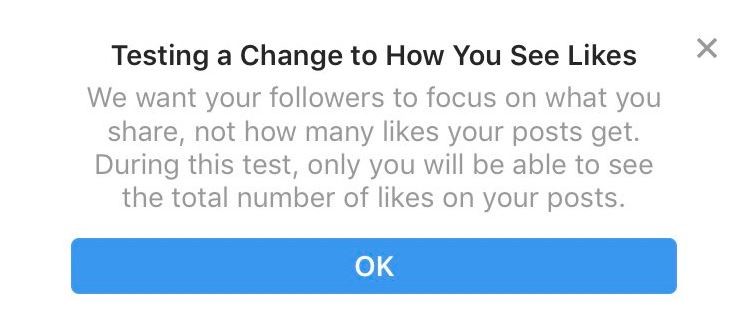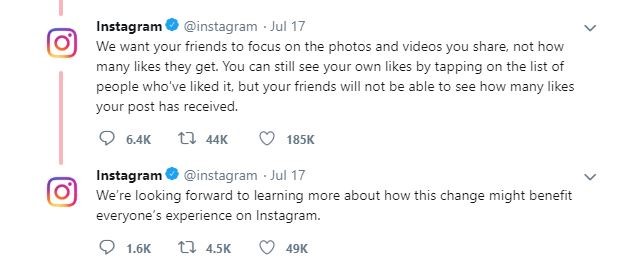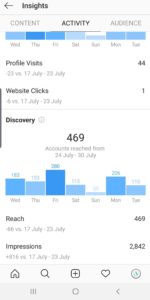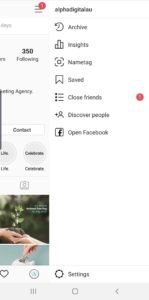How To Measure Social Engagement Now That Instagram Likes Are Gone
Instagram users across Australia, New Zealand, Ireland, Italy, Japan, and Brazil were recently greeted with a notification stating that the social media app is trialling the removal of likes.

With a dramatic increase in social media consumption, people have developed an ‘addiction’ to likes. Instagram’s goal is to improve the public’s mental health by removing the key metric that turns our photos into a popularity contest.

You are now the only person that can see how many likes you receive.
While removing the numeric count of likes will no doubt have some impacts on business as we currently know it, ultimately brands should be measuring their engagement on more than just likes.
There are plenty of valuable metrics that your brand can use to measure Instagram engagement. Here are our top 5!
1. Follower Growth Rate
While a high follower count can add brand credibility, it doesn’t say much about the ‘health’ of your account. It’s also important to look at follower growth rate to see if your business is expanding its community and reach. Make sure you take note of how many followers you gain each month and calculate your growth rate percentage.
2. Reach, Impressions & Frequency
Reach tells you the total number of people who have seen your posts, while impressions tell you how many times your posts have been viewed. You can find these measures under the insights – activity tab of your Instagram business account. Divide impressions by reach to get the average frequency at which your posts are being shown to each user.

3. Comments
Although Instagram likes are gratifying, comments are worth so much more in engagement. They take longer to write, indicating that your followers are genuinely interested or connected to your post. Measure the number of comments you receive on average (as well as their sentiment), and what type of posts receive the most.
You can easily find your most commented posts with Instagram Insights:
- Navigate to the insights bar graph (your new best friend) in the top right-hand corner of your profile page
- Tap ‘See More’ in the posts section
- Tap the header of the next page and filter your posts by comments


If you’re receiving great feedback on a particular style of post, you should give your audiences more of that content.
4. Website Traffic
Instagram doesn’t allow clickable links to be added to posts. But you can add a trackable link to your bio in order to drive traffic to your website. If your account is verified, you can also add links to your Instagram stories.
If you have added UTM parameters correctly, you can track how much Instagram traffic you are receiving in Google Analytics. Use a strong call-to-action within your posts, to drive visitors to the link in your bio.
5. Instagram Sales
Instagram Shopping is only set to get more popular. While it’s not applicable to all business types, it’s fantastic for e-commerce. UTM parameters also allow you to measure the number of conversions and total conversion value that has resulted from your shoppable posts in Google Analytics (provided you have eCommerce tracking set up!).
You can also measure your top shopping posts within the app:
- Navigate to the insights section from your Instagram profile page
- Tap ‘See More’ in the posts section
- Tap the header of the next page and filter your shoppable posts by your desired engagement metric.
These engagement metrics can also help brands choose the influencers that they want to work with. Ask influencers about their sales stats, reach, impressions, and website traffic. Make sure you measure the success of your own influencer campaigns by asking the influencer to use trackable links.
You can also encourage influencers to place a stronger focus on the ‘swipe up’ feature in stories, or ‘tap to shop’ in order to drive sales. You might also choose to amplify your campaigns with paid social advertising.
It’s certainly going to be interesting to see how brands and influencers will adapt to the move away from likes and ‘vanity metrics’. If you have more questions about how to adapt your brand’s social strategy, then get in touch with our performance team.